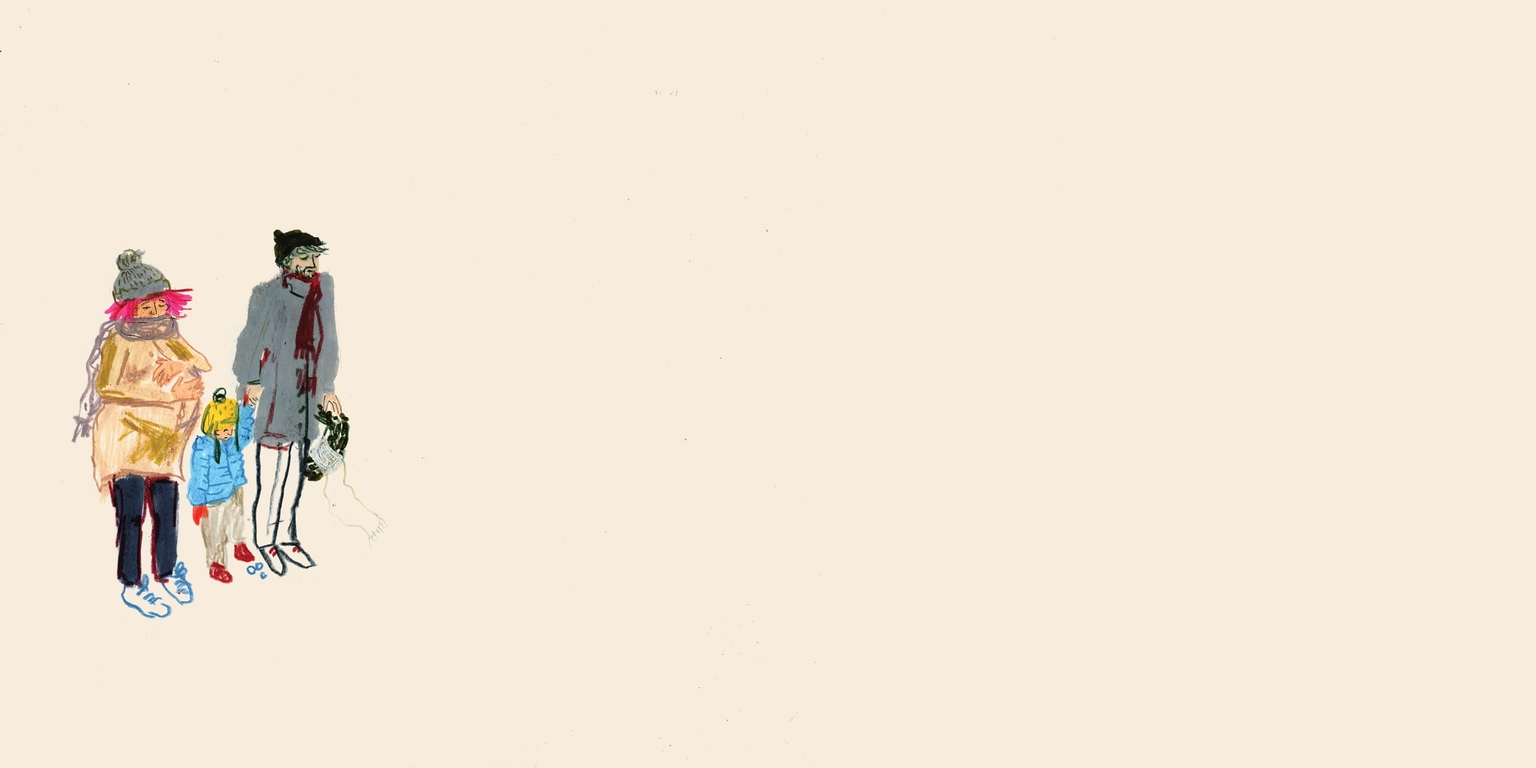Snow days gone by
Written by: Zsófia Nika, András Szepesi
On a quest to use cold hard meteorogical data in order to update our nostalgia into evidence-based childhood memories - and of course visualize them.
Decreasing snow coverage and warmer winters are common watercooler conversation topics especially in light of global climate change, but how do we compare childhood memories of snowy white Christmases to our current experiences?
The phrase "where are the snows of yesteryear?” appeared in one of François Villon’s ballads as one of the most prominent examples of the so called “ubi sunt?” genre. The phrase, literally meaning “where are they” or more like “where has it gone?” in Latin, groups different literary works that are filled with nostalgia and explore mortality and a kind of longing for some glorious past that’s no more. Villon’s ballad was reminiscing about great women who were forgotten, but a modern example of the style would be J. R. R. Tolkien’s Lord of The Rings trilogy that announced ‘The Age of Men is Over” and a glorious era is coming to an end.

Nostalgia about the snowy winters has a similar characteristic. Playful afternoons in knee-deep snow and children constructing snowmen taller than they are, recalls a similar glorious past which is no more. Childhood snowed in days might be over, but is it because of the weather and climate change or is it a result of our personal biases, namely, growing up? Is there really less snow or are we just older now? Turns out, it’s both.
Diverse species of biases cloud our judgement. Anecdotal evidence fallacies based on others telling us about one or two harsh old winters, observational bias in overestimating even little snow when we slip and fell because of it, or simply the fact that our knees now occupy the same height as our head used to, all make us vulnerable to misjudge things like snowiness. Personal experiences are not formed from statistics and we will always judge data which cover something we experience personally more harshly. And of course, not many of us will track and plot days spent on snow, but some do.
Zsófi's dataviz covers more than 120 years of snow in Hungary, a timeframe we can’t really experience ourselves. It groups data in decades and visualizes the spread of snow over the months and seasons. This time, data actually agrees with our personal experiences: snow really is decreasing. Just as our viz of melting glaciers showed, global climate change shifts snowfall to rainfall, disrupting the environment, affecting flora and fauna and us as well, since snowfall indirectly provides water to millions worldwide.
The 1.5 Celsius limit on global average temperature rise agreed upon in the Paris Agreement is a clear goal but it’s also one that’s hard to grasp personally, especially with rhapsodic weather patterns making us hard to judge averages. However, snowfall is one of the few climate change indicators we can directly experience ourselves and might serve as a wake up call before snow also turns into an ubi sunt? phenomenon of a glorious past.
about the authors
Zsófia Nika
András Szepesi




